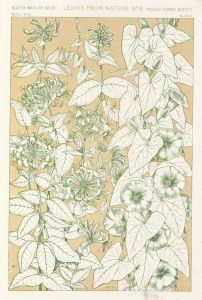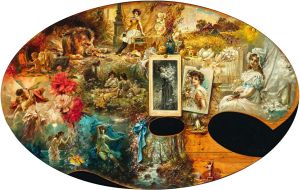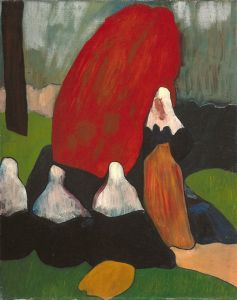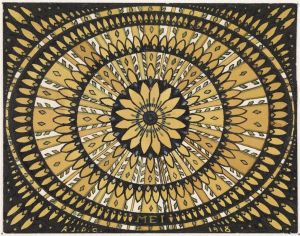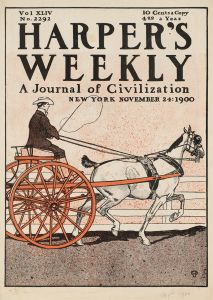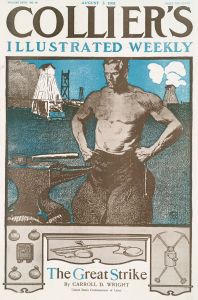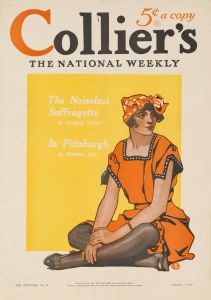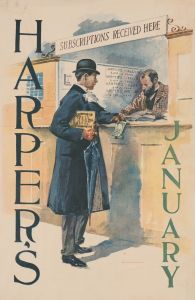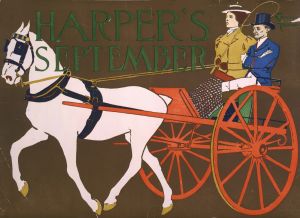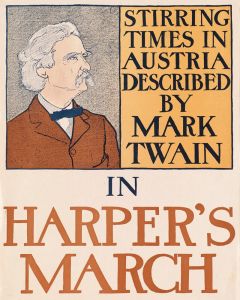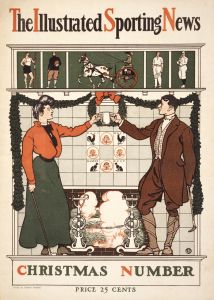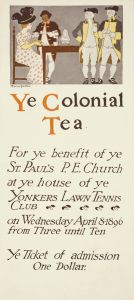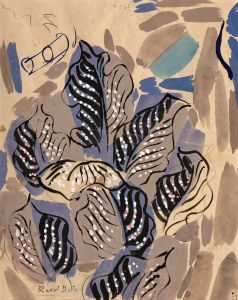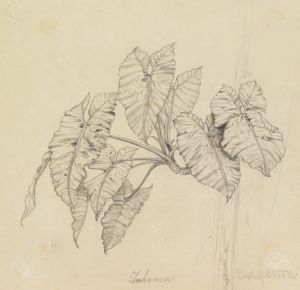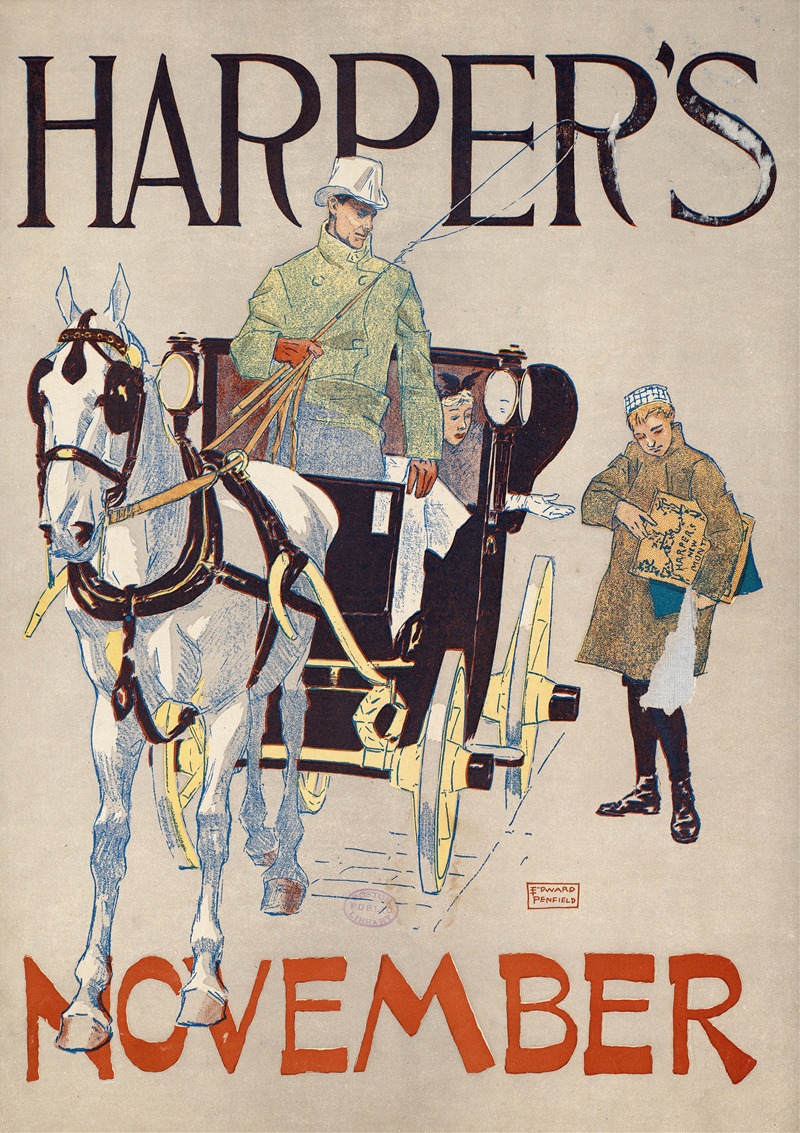
Harper’s November
A hand-painted replica of Edward Penfield’s masterpiece Harper’s November, meticulously crafted by professional artists to capture the true essence of the original. Each piece is created with museum-quality canvas and rare mineral pigments, carefully painted by experienced artists with delicate brushstrokes and rich, layered colors to perfectly recreate the texture of the original artwork. Unlike machine-printed reproductions, this hand-painted version brings the painting to life, infused with the artist’s emotions and skill in every stroke. Whether for personal collection or home decoration, it instantly elevates the artistic atmosphere of any space.
Edward Penfield's Harper’s November is a notable example of early 20th-century American illustration and graphic design. Created in 1895, the artwork served as the cover for the November issue of Harper's Magazine, one of the most prominent publications of its time. Penfield, often regarded as a pioneer of American poster art, was the art director for Harper's Magazine from 1891 to 1901. During his tenure, he produced a series of monthly covers that are celebrated for their innovative design and artistic quality.
Harper’s November exemplifies Penfield's characteristic style, which combines simplicity, bold outlines, and flat areas of color. The illustration depicts a woman dressed in autumnal attire, holding an umbrella and a copy of Harper's Magazine. The scene is set against a muted, seasonal background, evoking the crisp and contemplative atmosphere of November. Penfield's use of earthy tones and his focus on the figure reflect the influence of the Art Nouveau movement, which was gaining popularity during this period.
This artwork is significant not only for its aesthetic qualities but also for its role in the evolution of magazine design and advertising. Penfield's covers for Harper's Magazine were among the first to treat magazine covers as standalone works of art, rather than merely functional or decorative elements. His designs helped elevate the status of commercial illustration and demonstrated the potential of graphic art to engage and captivate audiences.
Penfield's work, including Harper’s November, was instrumental in shaping the visual culture of the late 19th and early 20th centuries. His approach to illustration influenced a generation of artists and designers, and his contributions to the field are still recognized today. Original prints of Harper’s November and other Penfield covers are sought after by collectors and are often displayed in museums and galleries dedicated to graphic design and illustration.
While specific details about the production process or reception of Harper’s November at the time of its release are not widely documented, the piece remains an enduring example of Edward Penfield's artistic legacy and the broader cultural trends of its era.





